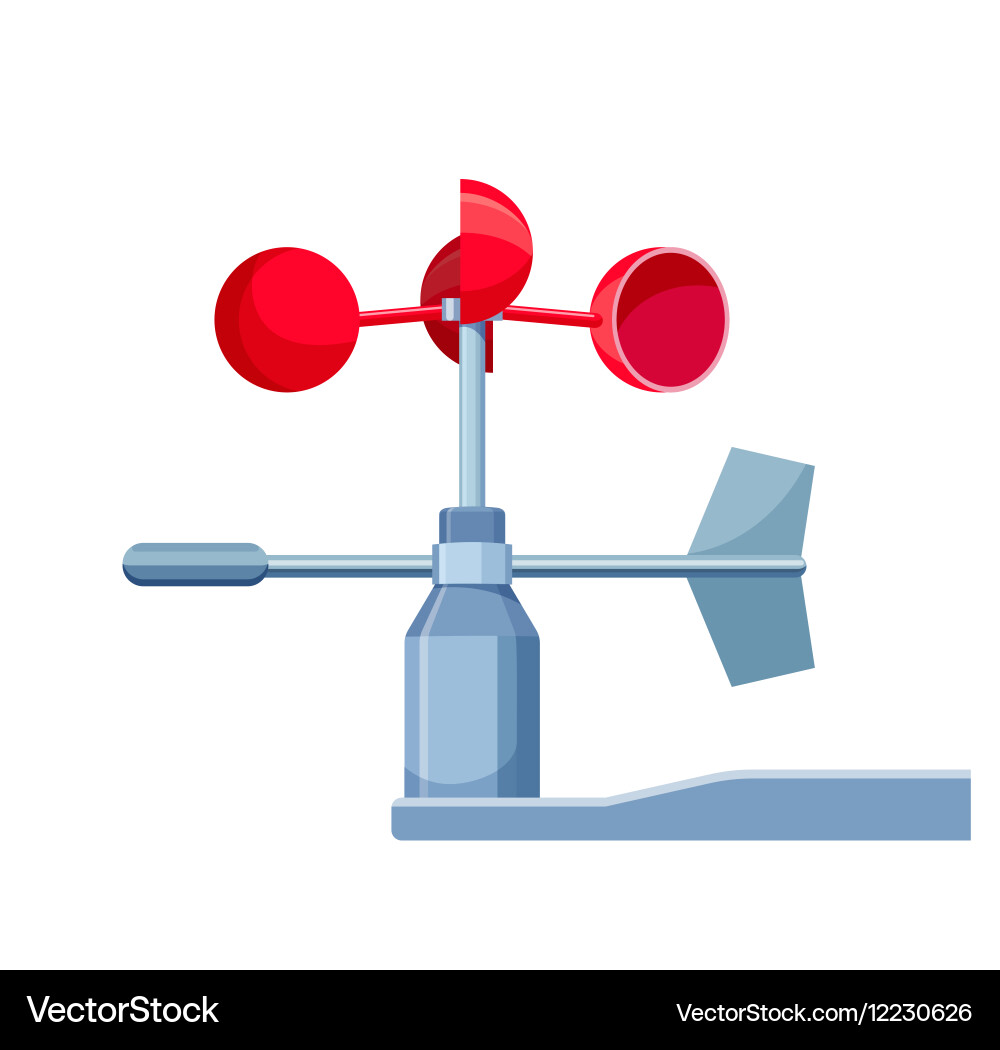Anemometer Innovations: The Most Recent Innovation for Wind Rate Dimension
Anemometer Innovations: The Most Recent Innovation for Wind Rate Dimension
Blog Article
All You Need to Learn About Anemometers: How They Function, Why They Matter, and Where to Make use of Them
Anemometers, though often forgotten in the realm of clinical tools, play a crucial duty in numerous fields, providing valuable insights right into wind rate and air movement patterns. Understanding the technicians behind these devices is essential for anyone seeking to harness the power of this data. From meteorologists tracking weather condition patterns to designers developing structures with wind lots in mind, the applications of anemometers are far-reaching and diverse. As we dive into the ins and outs of anemometer technology, we will certainly uncover the internal operations of these devices, their relevance, and the essential factors to consider when picking the best anemometer for particular applications.

Anemometer Fundamentals
A crucial instrument utilized to determine wind speed and instructions, the anemometer plays an essential role in weather forecasting and different sectors. An anemometer commonly is composed of three or 4 mugs that rotate in the wind, a vane that directs into the wind, and sensors to track the motions or rotations.
There are different kinds of anemometers available, including cup anemometers, vane anemometers, hot-wire anemometers, and sonic anemometers, each with its one-of-a-kind features and applications. Cup anemometers are typically utilized for standard wind speed measurements, while vane anemometers are favored for directional dimensions.
Principles of Anemometer Operation
Structure on the fundamental understanding of anemometer fundamentals, the concepts of anemometer procedure clarify the technicians behind wind rate and direction measurements. Anemometers operate on the concept of air flow influencing a sensing unit, causing it to revolve. Cup anemometers, for circumstances, have three or more cups that catch the wind, creating them to rotate much faster as the wind rate rises. The turning rate is after that exchanged a wind rate dimension. Vane anemometers, on the various other hand, utilize a tail or a probe that straightens itself with the wind direction, supplying a dimension of wind direction based on the positioning of the sensing unit. Hot-wire anemometers rely upon a heated cord that cools off as wind passes over it, with the price of cooling down determining the wind speed. Ultrasonic anemometers procedure wind rate and direction by evaluating the moment it takes for ultrasonic signals to take a trip in between transducers. Comprehending these principles is essential for dependable and accurate wind dimensions in different applications.
Importance of Anemometers
Anemometers play an essential duty in determining wind rate and direction, offering crucial data for climate projecting, climate researches, environmental tracking, and air travel procedures. Meteorologists depend on anemometers to gather accurate wind data, aiding them recognize weather patterns, predict storms, and issue prompt cautions to the public. Wind farm operators utilize anemometers to assess wind problems and optimize power manufacturing from wind turbines.
Applications Across Various Industries
In the renewable energy sector, anemometers play a critical duty in assessing wind problems for wind ranch placements, ensuring optimal power manufacturing. Industries like building and mining use anemometers to keep an eye on wind speeds, important for security protocols, especially when functioning at elevations or in open-pit mines where solid winds can position risks. In farming, anemometers aid farmers in managing crop splashing by supplying real-time data weblink on wind speed to avoid drift.

Selecting the Right Anemometer for Your Requirements
For general functions, a cup anemometer is ideal for determining wind speed, while a vane anemometer provides wind instructions data. Hot-wire anemometers are excellent for check here low airspeed measurements, and ultrasonic anemometers offer high accuracy and longevity.

Conclusion
To conclude, anemometers play an essential duty in determining wind rate and instructions across various sectors. Understanding the concepts of anemometer operation is essential for picking the right device for particular requirements. From weather forecasting to aviation, anemometers are essential devices for ensuring and gathering precise data security in different applications. When selecting the most suitable gadget for gauging wind problems., it is vital to consider the relevance of anemometers in order to make informed decisions.
There are numerous kinds of anemometers offered, including mug anemometers, vane anemometers, hot-wire anemometers, and sonic anemometers, each with its distinct functions and applications. Cup anemometers are commonly made use of for basic wind speed measurements, while vane anemometers are chosen for directional dimensions. my latest blog post Hot-wire anemometers are appropriate for reduced airspeeds, and sonic anemometers are suitable for high-precision dimensions in research and commercial setups.Building on the fundamental understanding of anemometer essentials, the principles of anemometer operation elucidate the mechanics behind wind rate and instructions dimensions. For basic purposes, a cup anemometer is suitable for measuring wind speed, while a vane anemometer provides wind instructions data.
Report this page